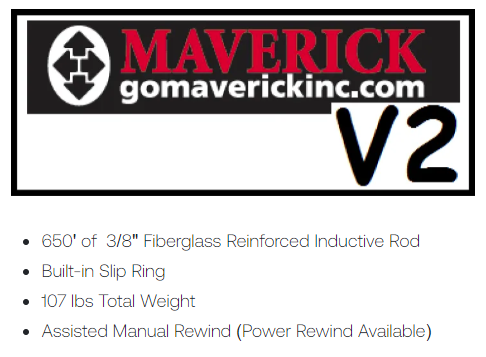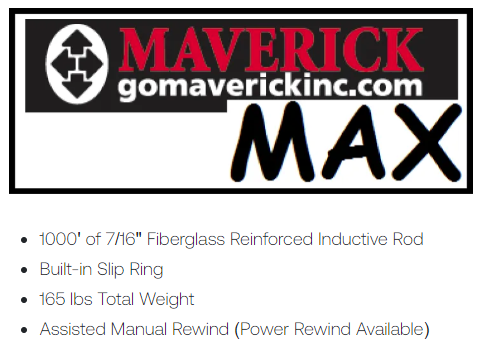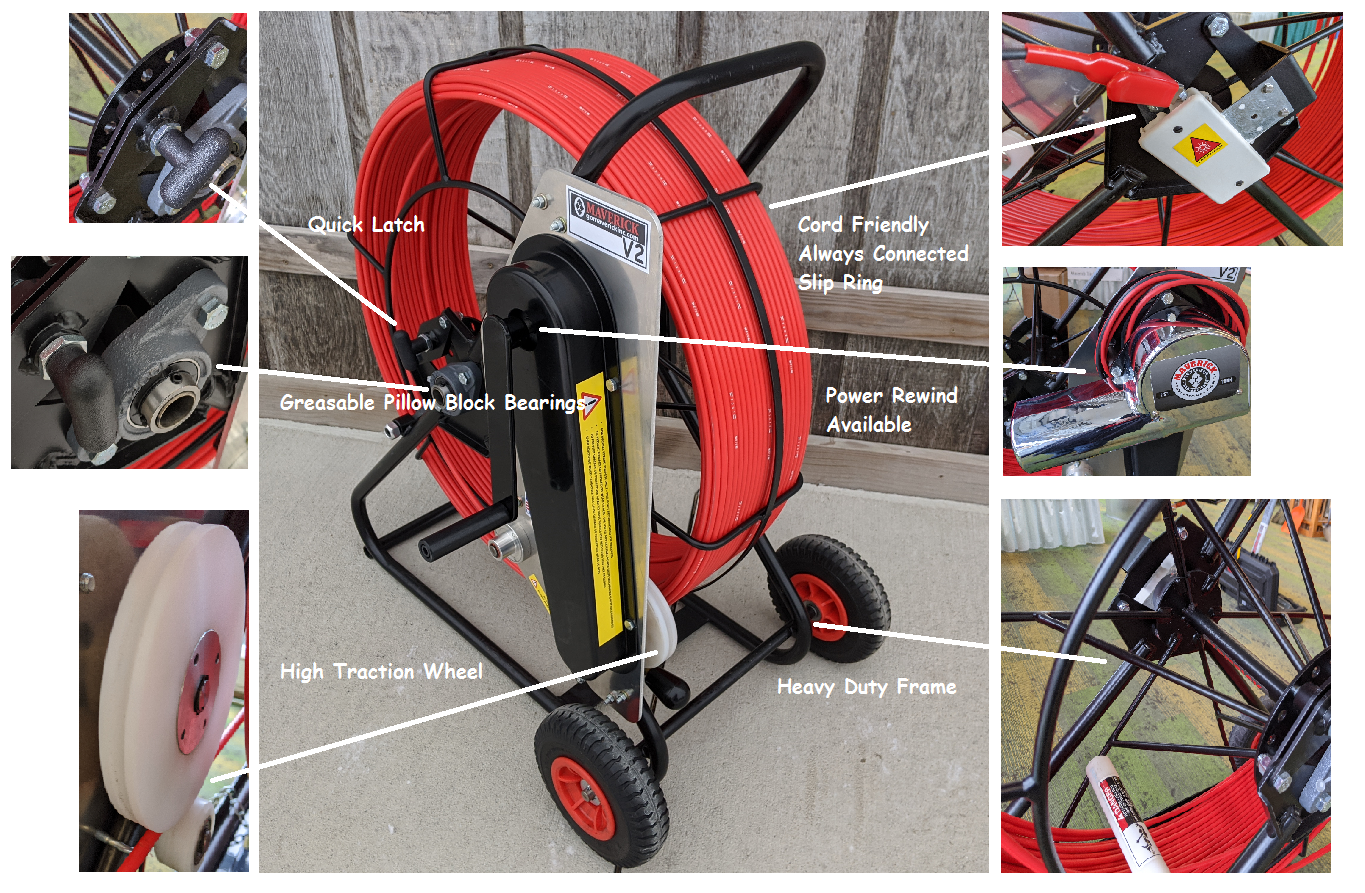
MAVERICK TILE FINDER™
Field Tile Locating
Field tile has been used to remove subsurface water for over a century. It is most prevalent in the Midwest and Eastern U.S. Layers of clay and other conditions beneath the soil do not let water drain off. This lack of drainage increases the level of the water table or water retention and in turn, has a profound impact on crop yields.
It is important to locate the existing tile when trying to repair a system that is not draining properly or installing the additional tile. Locating these existing tile structures can be very time-consuming. It can leave people perplexed, frustrated, and with limited solutions.
At times the tile is not where it logically should be or where a person remembers it was. If there are maps, they can be incorrect or are old enough that topography has changed. GPS has helped to map the new installation. However, early GPS technology did not have the accuracy it does today and there could be a variance of several feet.
When it comes to finding tile, there are several methods. Using a backhoe is one of the most common. This involves digging a trench 5’-20’ long in a particular direction to find any previous ground disturbance or evidence of a trench. However, experience shows that finding the tile once doesn’t mean the tile has actually been found. Once a tile is located, it is hard to determine the exact path it may have been installed. Thus, another trench must be dug at some distance from the previous one to confirm the actual path.
Probing is another common method. This involves repeatedly pushing a 4’-5’ metal rod, that is the only ½” in diameter, into the ground, in hopes of making contact with the buried tile. Difficulty can arise if you are locating a plastic tile, have hard or rocky ground conditions.
The third method you hear a lot about is called “Witching”. This is done with two bent wires, called Witching Wires. The idea is to hold a wire loosely in each hand with your elbows at your sides. You begin walking and it is said that when you locate the tile or a source of water the wires will cross.
Other options include trenching with a chain trencher. Hoping you notice fragments of old tile in the turned-up soil. Pattern tiling, which allows the new tile structure to pick up the water from any of the older tiles you cut through. These methods leave you with the hope of noticing where the tile is hit and not create problems that must be repaired at a later date.
Also, ground-penetrating radar can be somewhat effective. Many people, especially those in higher education, believe ground-penetrating radar will solve the problem of locating tile. It does seem the most logical. The technology is there and these systems work well in dry, sandy soils. Unfortunately, they are currently ineffective in clay and areas with high water concentration. The signal does not respond the same in those conditions. Which happen to be the same conditions that create the need for tile drainage.
The ultimate answer the industry is looking for in tile finding has not yet been achieved. With all the ways people have come up with they tend to find what works for them. We here at Maverick, Inc. believe the best solution for locating tile is to transmit an inductive signal from within the tile and use a receiver to locate it on the surface. Is it the “ultimate answer” to field tile locating? It does seem to be the best answer for now!
Terry Murphy
Maverick, Inc..
Tile Finder™ Mini, V2 & Max Are the "Next Generation"
Proprietary
Improvements include:
Grease-able Bearings
Cord Friendly Always Connected Slip Ring
Friction Brake
High Traction Rewind Reel
Sturdier Frame
Only Found on Maverick Reels & Sold by Authorized Maverick Dealers
The MAVERICK tile finding system…
…is very simple to use. The reel is used for locating the route of underground duct, plastic pipes or clay tiles. This makes it an excellent tool for maintenance and repair of field tile networks. It contains various length of various sizes of rod that is rigid, yet flexible enough to guide into nonmetallic and metallic pipes that are over 1” in diameter. There is a terminal connection and a tension brake on the “V2’ & “MAX” for slowing down or stopping reel rotation.
After inserting the rod into the pipe, apply the 82 kHz signal from the direct connection lead of the transmitter to the terminal and connect the other lead of the transmitter to a ground probe, which then energizes the copper wire in the rod. Turn on your receiver, listen for tone, begin marking both your path and depth.
-

Tile Finder™ Mini
-

Tile Finder™ V2
-

Tile Finder™ MAX

